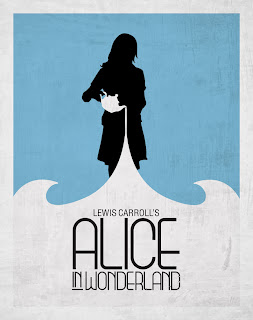McDonald's Golden Arches
The design for the infamous M started with the idea from an architect, for two golden arches on the sides of each McDonald's restaurant, that would, in certain angles, form and M. Later, Jim Schindler created the future logo.
Representational
Piecing the McDonald’s sign together we are able to see what the company is about. It represents the food chain, McDonald’s, as a whole. When we see the M we are reminded of a huge corporation that is the grand daddy of all fast food chains. Having such a long history in America, it represents the innovation of a business during one era, and the gluttony and obesity of generation. The abstract and symbolic nature of the logo has embodied the business in its entirety.
Abstract
Behind the M logo are two abstract geometric shapes that represent the company and its food. The colors together are synonymous with food, and are reminiscent of the McDonald’s fries and ketchup. They can also be interpreted as mustard and ketchup or their infamous French fry boxes. To the viewer, it does what the company wants it to do, make us hungry. Various studies show the correlation between specific colors and reactions, most of which demonstrate that the color yellow and red tend to make us feel hungry. While the shapes can be representational of the food, it is a simplification that heads at the root of who they are.
Symbolic
McDonald’s logo is as synonymous with hamburgers and fries, as mouse ears are to Disney. Seeing the golden arches know exactly what they offer and what we will get. It is symbolic of their standard of food, and speed in service. Its simplicity could be confused with abstractness, but is distinct on its own.












.jpeg)





